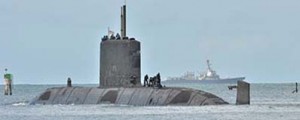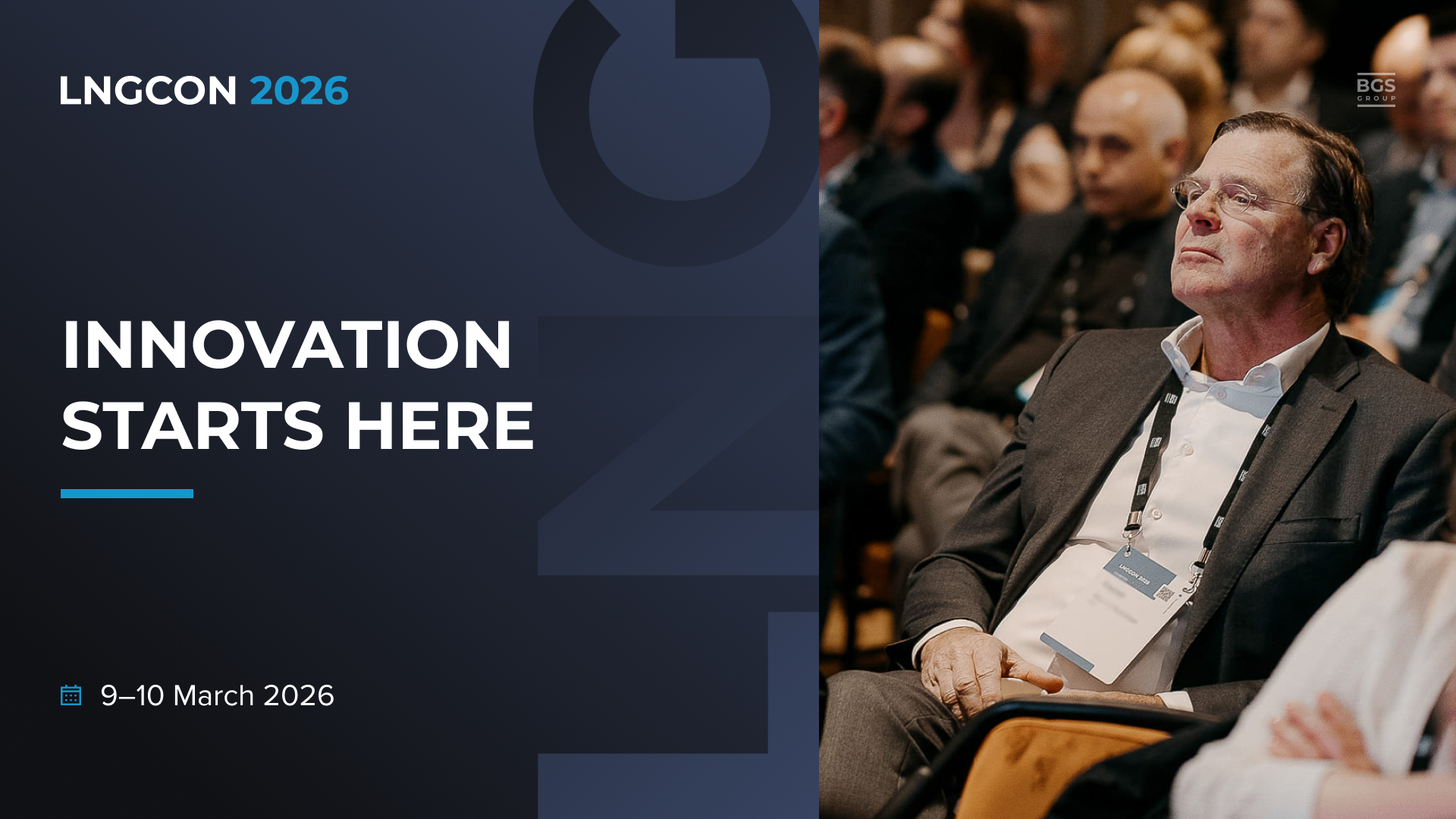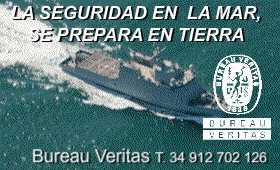
Canadian submarines generally operate in an operational cycle in which each vessel is available to the fleet for six years,referred to as the “operational period”,followed by two years in deep maintenance during an EDWP.
Victoria-class submarines are extremely versatile,allowing them to operate in any weather condition for periods of up to 45 days,and perform in a variety of roles to fulfill Canada’s requirements for a balanced,multi-purpose and combat-effective naval fleet. In addition to their inherent lethality and strategic importance as a war-fighting vessel,they fill a wide array of peacetime naval roles: Fisheries patrols,Surveillance of all three Canadian coastlines,Support to maritime law enforcement and other governmental departments,Maintenance of fleet skills,Bilateral engagement with continental defence partners,Participation in multinational exercises,Deterrence of would-be terrorists,smugglers and polluters,Success in maritime operations requires an ability to have control above,on and below the surface of the sea.
Canada’s Victoria-class submarines have been active at sea since 2003. They have participated in exercises at home and overseas,patrolled Canada’s coastal areas – including the Arctic – and participated in international operations such as Op Caribbe.
Conventional diesel-electric submarines like the Victoria Class,because of the stealth capabilities and increased manoeuverability inherent in their smaller size,as well as their extremely quiet electric propulsion system,have advantages in certain scenarios over their nuclear counterparts,especially in littoral environments and strategic choke points. This makes them a valuable strategic asset that will remain relevant for years to come for Canada and our international partners.


.gif)







